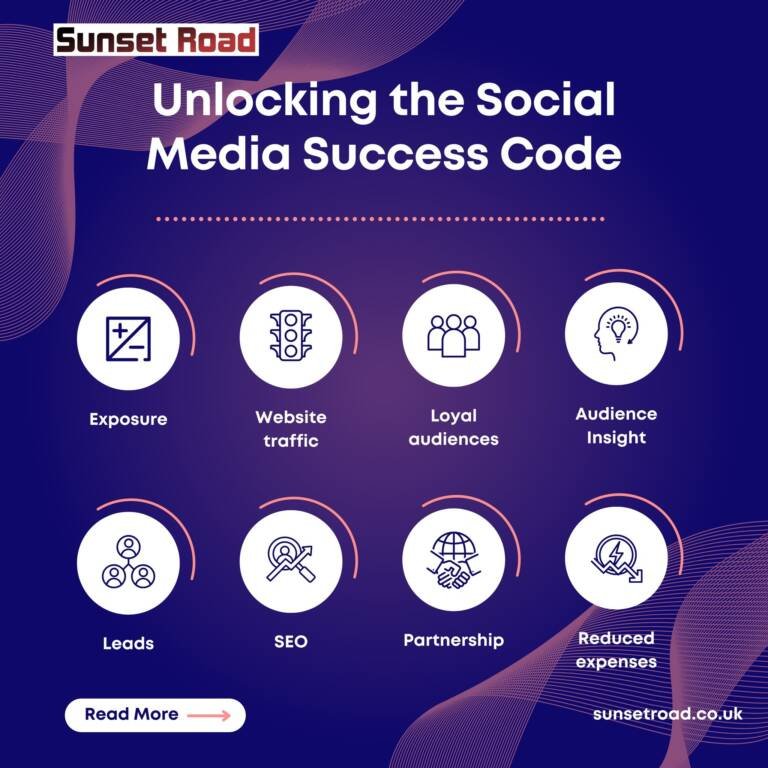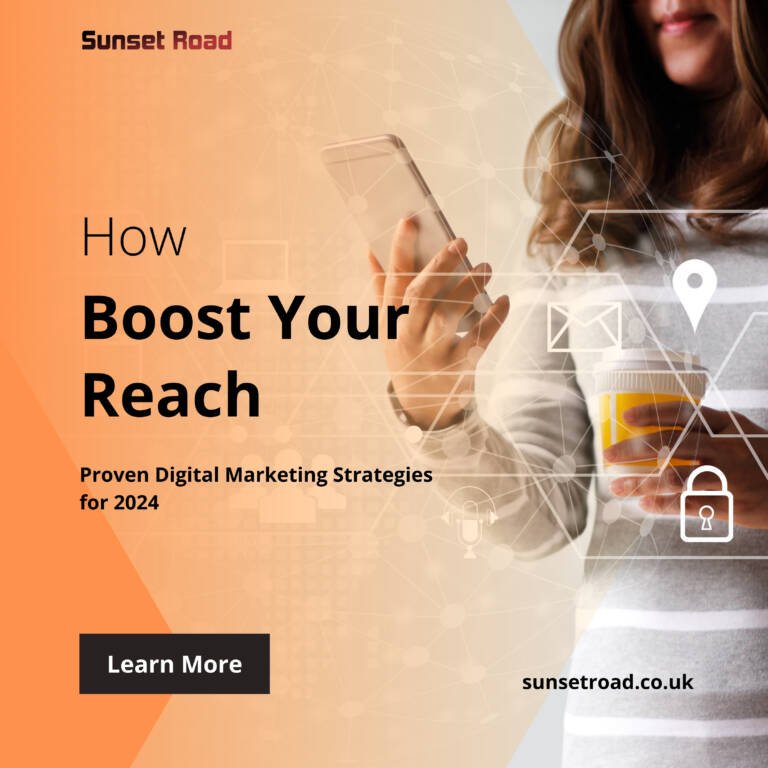Mastering Social Media Marketing for Maximum Impact
In today’s digital landscape, social media marketing has transcended from a simple promotional tool to a fundamental component of a successful business strategy. With billions of users across various platforms, social media offers unparalleled opportunities to engage with audiences, build brand loyalty, and drive growth. This blog explores the essential strategies for mastering social media marketing, from understanding your audience and crafting engaging content to leveraging different platforms and analyzing performance. Let’s dive into how you can transform clicks into meaningful connections and achieve maximum impact with your social media marketing efforts.
Understanding Your Audience
Before launching any social media campaign, a thorough understanding of your audience is crucial. This foundational step ensures that your efforts are targeted and effective.
Audience Research
Effective social media marketing begins with comprehensive audience research. Identifying your target demographics involves analyzing factors such as age, gender, location, interests, and behavior. Tools like Google Analytics provide valuable data about user behavior on your website, while social media platforms like Facebook Insights and Twitter Analytics offer detailed information about your followers. By examining this data, you can create a clear picture of who your audience is and what they are interested in.
Creating Audience Personas
Developing audience personas helps you tailor your content and messaging to better connect with different segments of your target market. Each persona should represent a specific segment, including details such as their goals, challenges, and preferences. For example, if you are a fitness brand, you might have personas for young professionals seeking quick workouts, parents looking for family-friendly exercise routines, and older adults interested in maintaining mobility. By understanding these personas, you can craft content that resonates with each group and addresses their unique needs.
Crafting Engaging Content
Content is the lifeblood of social media marketing. Engaging content not only captures attention but also encourages interaction, sharing, and conversion. Here’s how to create content that stands out:
Visual Appeal
In the fast-scrolling world of social media, visual content is key to grabbing attention. High-quality images, graphics, and videos can make a significant impact. Invest in professional photography or use design tools like Canva and Adobe Spark to create visually appealing posts. Infographics, animated videos, and eye-catching visuals help convey your message effectively and make your content more shareable.
Content Variety
To keep your audience engaged, diversify your content. Mix educational posts with entertaining content, promotional offers, and user-generated content. For instance, share how-to videos, behind-the-scenes glimpses, customer testimonials, and industry news. Variety keeps your content fresh and relevant, encouraging followers to interact with your posts regularly.
Storytelling
Storytelling is a powerful technique to forge emotional connections with your audience. Share compelling stories about your brand’s journey, customer success stories, and the people behind your products or services. Authentic narratives resonate with audiences and foster a deeper connection with your brand. For example, if you’re a fashion brand, share stories about the inspiration behind your designs and the artisans who create them.
Leveraging Different Social Media Platforms
Each social media platform has its unique characteristics and audience. Tailoring your strategy to fit each platform ensures that your content reaches its intended audience effectively.
Facebook remains a dominant platform with a diverse user base, making it suitable for various content types. Utilize Facebook’s advanced targeting options to reach specific demographics and retarget users who have previously interacted with your brand. Facebook Ads can be highly effective, especially with well-defined audiences and compelling ad copy. Additionally, Facebook Groups provide an opportunity to build community and engage in meaningful discussions around your brand.
Instagram’s visual-centric approach makes it ideal for sharing high-quality images and videos. Use Instagram Stories and Reels to provide real-time updates, showcase behind-the-scenes content, and engage with your audience in a more informal manner. Instagram’s shopping features also allow you to create a seamless purchasing experience for your followers. Engaging with users through comments, direct messages, and interactive Story features helps foster a sense of community.
LinkedIn is tailored for professional networking and B2B marketing. Share industry insights, company updates, and thought leadership content to establish your brand’s authority. LinkedIn’s publishing platform allows you to publish long-form articles that can showcase your expertise and drive engagement. Participate in LinkedIn Groups and discussions to connect with other professionals and expand your network.
Twitter is known for its real-time updates and trending topics. Use Twitter to share quick updates, participate in trending conversations, and engage with your audience directly. Leveraging hashtags can increase the visibility of your tweets and connect you with relevant discussions. Twitter’s fast-paced nature requires timely and relevant content to stay engaged with your audience.
The Power of Social Media Advertising

While organic reach is important, social media advertising can significantly boost your visibility and drive targeted traffic to your business.
Targeting Options
Social media platforms offer sophisticated targeting options to ensure your ads reach the right audience. You can target users based on demographics, interests, behaviors, and even location. For example, Facebook Ads allow you to create Custom Audiences based on your existing customer data and Lookalike Audiences to reach new users similar to your best customers. This precision targeting helps you maximize your ad spend and achieve better results.
Ad Formats
Explore various ad formats to find what works best for your goals. Carousel ads allow you to showcase multiple products or features in a single ad, while video ads offer an immersive experience. Sponsored posts and stories can seamlessly integrate with users’ feeds, providing a native advertising experience. Experiment with different formats to see which resonates most with your audience and drives the desired actions.
Effective Ads
Creating effective ads involves more than just attractive visuals. Craft compelling ad copy with a clear call-to-action (CTA) that encourages users to take the next step. Whether it’s signing up for a newsletter, making a purchase, or visiting your website, a strong CTA guides users toward your goals. Test different ad variations to identify what works best and continuously optimize based on performance data.
Analyzing Performance and ROI

To ensure your social media marketing efforts are paying off, it’s crucial to analyze performance and measure return on investment (ROI).
Key Metrics and KPIs
Track key metrics and performance indicators to gauge the success of your social media campaigns. Metrics such as engagement rate, reach, impressions, click-through rate (CTR), and conversion rate provide insights into how well your content is performing. For example, a high engagement rate indicates that your content is resonating with your audience, while a high CTR suggests that your calls-to-action are effective.
Tracking Tools
Leverage social media management tools like Hootsuite, Buffer, or Sprout Social to monitor your performance across different platforms. These tools offer comprehensive analytics and reporting features, allowing you to track engagement, audience growth, and campaign effectiveness. Additionally, Google Analytics provides insights into how social media traffic contributes to your website’s performance.
Optimizing Strategies
Analyze the data to identify trends and areas for improvement. Adjust your content strategy based on what resonates most with your audience. For example, if you notice that video content consistently performs better than static images, consider increasing your video output. Experiment with different posting times, content formats, and ad targeting options to optimize your results.
Conclusion
Social media marketing is an ever-evolving field that requires continuous adaptation and refinement. By understanding your audience, crafting engaging content, leveraging platform-specific strategies, utilizing advertising options, and analyzing performance, you can maximize your social media impact and drive meaningful connections with your audience. Stay informed about the latest trends and best practices to ensure that your social media efforts remain effective and aligned with your business goals.
Transform your social media presence from mere clicks to genuine connections, and watch as your brand flourishes in the dynamic digital landscape. Embrace the opportunities that social media marketing offers and turn your online interactions into lasting relationships and business success.











